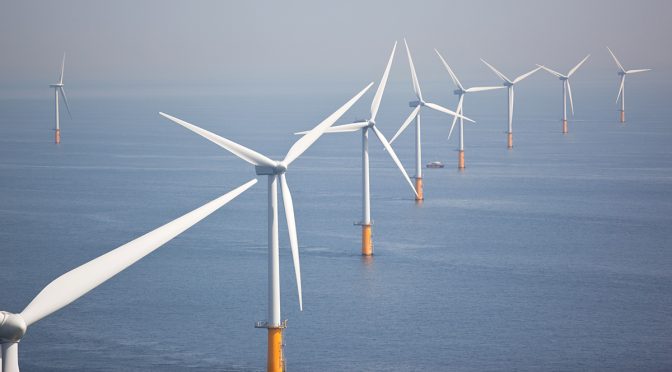
The other regions that have been designated are the Pacific Ocean region off the coast of Hunter and Illawarra in New South Wales, the Southern Ocean region off the coast of Portland in Victoria, and the Indian Ocean region off the coast of Portland. from Perth/Bunbury in Western Australia.
The government said details about these other five regions and the public consultation processes will be announced in due course.
Good to excellent offshore wind power locations exist in strategic locations, the Australian government noted. These include sites with existing power generation facilities and industrial centers with strong connections to existing transmission networks, near major export ports, and near industrial centers where the transmission network is strongest.
Estimates of job opportunities in an Australian offshore wind industry range from 3,000 to 8,000 jobs per year. When offshore wind power has become established in other countries, the main pathways into the industry have been from the existing energy sector and offshore industries.
Federal Minister for Climate Change and Energy Chris Bowen has been fighting for years to unlock Australia’s offshore wind capacity.
“We have some of the best wind resources in the world – just one rotation of a wind turbine provides as much power as an average rooftop solar installation generates in one day,” Bowen said.
“This new industry will provide opportunities to reduce CO2 emissions and accelerate employment and economic development opportunities for Australia, particularly in wind turbine generation and manufacturing.
“Many other countries have been successfully developing offshore wind power for years, and now is the time for Australia to begin the journey to firmly establish this reliable and meaningful form of renewable energy,” he added.
The Department of Climate Change, Energy, Environment and Water will facilitate the consultation process in the proposed regions.
The consultation process will be an opportunity for all stakeholders in the proposed areas to provide feedback.
Tony Wolfe, a senior operator at one of the Loy Yang coal-fired power stations in Victoria’s Latrobe Valley and a member of the Star of the South offshore wind farm community advisory board, said: “It’s about time a federal government has shown leadership and taken the next step in realizing the job creation, power generation and economic potential of offshore wind power in Australia.
“This is a welcome relief for Gippsland because successive federal governments have always been promised that the Gippsland region of Victoria would be the first region in line.
“The major Star of the South offshore wind project, planned for the Gippsland coast, is the most advanced and I look forward to continuing the work to make it a reality,” said Wolfe.
‘Much more nuanced’
However, it remains to be seen whether offshore wind power will prove to be an optimal commercial renewable energy source in Australia, according to Tim Buckley, director of Climate Energy Finance.
“Offshore wind power is a key decarbonisation solution for the world, with installations worldwide expected to increase 10-fold in the coming years. While its importance in Australia is much more nuanced because Australia is blessed with large onshore wind and solar resources, which are cheaper to develop,” Buckley said.
“We need to weigh the additional costs associated with building offshore wind power and see where it makes the most economic sense.”
Buckley said that Bowen is right to open up offshore wind for public consultation.
“Offshore wind development will need a high degree of political support and advance planning due to the complex supply chains that would need to be developed in Australia and the higher construction costs. We need to assess the balance or base load nature of generation, to support the sometimes intermittent nature of wind power.